Why Business Documents Need Proper Formatting
A poorly formatted document is more than just an eyesore—it wastes time and reduces efficiency.
Messy, inconsistent, and hard-to-read documents lead to:
📌 Employees struggling to find information.
📌 Inconsistent branding across reports, policies, and SOPs.
📌 Time wasted on formatting issues instead of real work.
Most businesses rely on employees to manually fix formatting issues—but this is a waste of time and resources.
Who Formats Business Documents?
A technical writer ensures your business documents are structured, clear, and professionally formatted.
📌 They create branded templates for consistency.
📌 They improve readability so employees find information quickly.
📌 They structure content with proper headings, bullet points, and spacing.
📌 They standardize documents across departments.
How a Technical Writer Fixes Bad Business Documents
📌 Creates document templates that ensure consistency.
📌 Optimizes layout for clarity and readability.
📌 Formats reports, policies, and training materials to be easy to use.
A well-designed document improves productivity and ensures professionalism in all business communications.
Common Business Documents That Need Professional Formatting
📌 Standard Operating Procedures (SOPs)
📌 Work Instructions & Training Manuals
📌 Reports & Proposals
📌 Policy Documents & Handbooks
If employees waste time fixing formatting issues, it’s time to invest in professional document templates.
How Aliso Digital Can Help
At Aliso Digital, we create structured, professionally formatted business documents that save time and improve readability.
If your company struggles with unstructured, messy documents, we provide document design and template creation that ensures consistency and clarity.
👉 Visit Aliso Digital to get professionally formatted business documents today.






